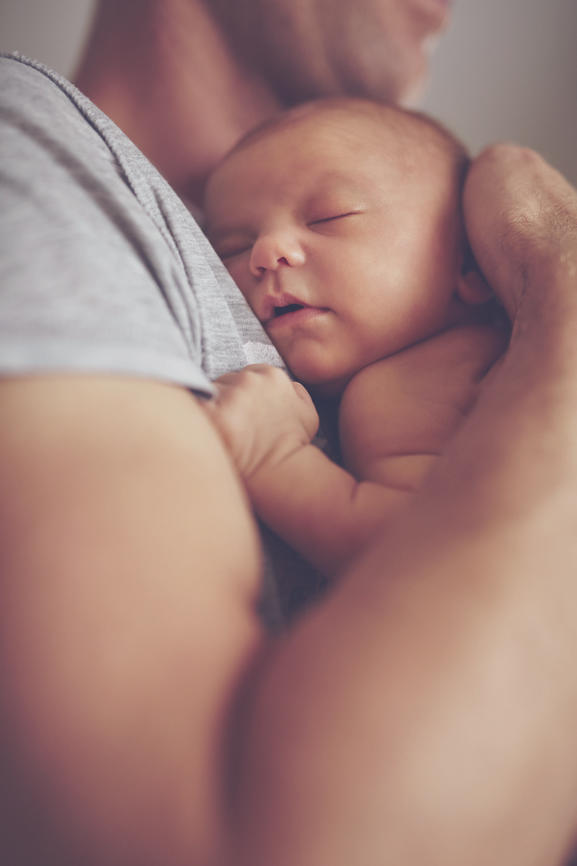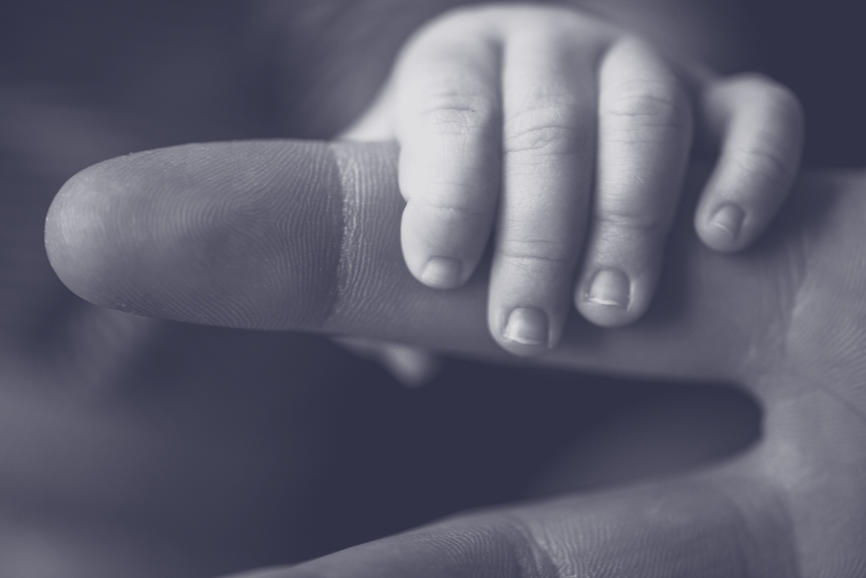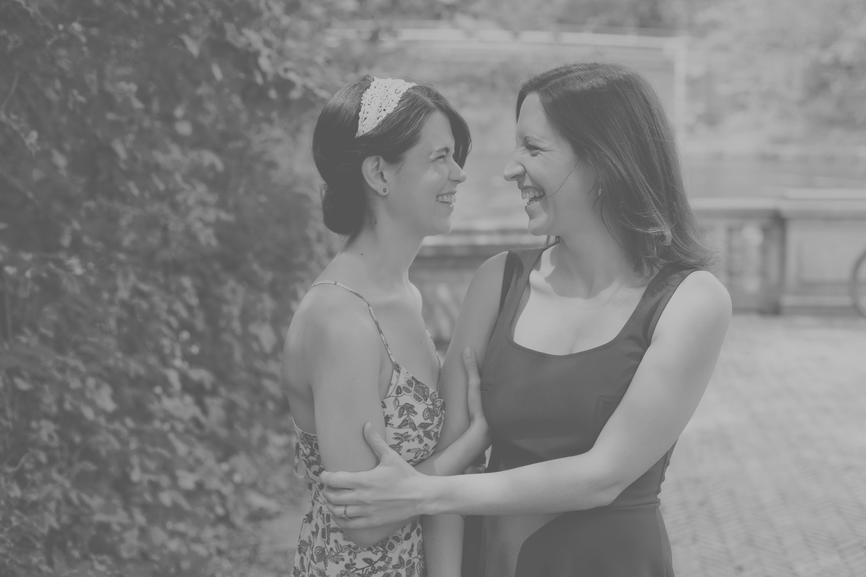November was named National Adoption Month 22 years ago, and ever since, this month has been a time to promote awareness of the need for adoptive families for children in foster care. This year, the theme is “Teens Need Families, No Matter What.” The theme continues the push for identifying well-prepared and committed families for thousands of teens in foster care.
Adoption has been an important and contentious issue for the LGBTQ community. It played a critical role in the Obergefell v. Hodges decision, when marriage equality opponents argued that marriage bans protected children because adoption by same-sex couples didn’t serve the best interest of a child. Luckily the Court dismissed that argument, recognizing that “same-sex couples provide loving and nurturing homes to their children.” Furthermore, allowing same-sex marriage bans to exist actually harmed and humiliated the “hundreds of thousands” of children being raised by these couples.
Thanks to a mix of legal challenges, the most recent of which was decided on June 26, 2017, same-sex couples can legally adopt in all 50 states and have the same rights as opposite-sex couples when it comes to being listed on birth certificates. However, the patchwork of state laws still complicates matters surrounding parental rights, especially for unmarried couples.
According to the Williams Institute, married, same-sex couples are fives times as likely to raise an adopted or foster child than their married, opposite-sex counterparts. Additionally, same-sex female couples are four times more likely to have children than same-sex male couples. That’s despite the fact that married, same-sex male couples have the highest income out of any married couples.
Here are some other interesting statistics found in the report:
- Homeownership is higher among married couples for both same-sex and oppsoite-sex couples.
- An estimated 122,000 same-sex couples are raising children under 18.
- Nearly one in five children being raised by same-sex couples (24%) lives in poverty, compared to 14% of children being raised by different sex couples.
Families that adopt children, whether they are gay or straight, same sex or otherwise, take on an array of complex financial issues. I want to spend November highlighting the ins and outs of the adoption process, as well as how to prepare financially for such a big change. This week, I’ll cover five things you should know when preparing to adopt.
1. Adoption is About The Adoptee
One of my friends has three daughters, all adopted from foster care. While I was looking for insights and complexities about the process itself, she pointed out that the most important principle to remember is that adoption is about the adoptee. You should focus on what you can bring to the child’s life, rather than what you think you’re entitled to. You have to remember that you are dealing with a human being, not a product. She pointed me towards the #FlipTheScript movement, which focuses on the perspective of those most affected by adoption – the adoptees.
2. Four Main Methods for Adoption
There are four main methods of adoption:
- State or Public Agency Adoption. In this scenario, you adopt a child who is in foster care from the child welfare system. These children tend to be older and have been removed from their birthparents due to abuse or neglect. While the goal is to return them to their parents, it’s not always possible. Of the approximately 500,000 children in foster care, 129,000 are eligible for adoption.
- Private Agency Adoption. You can also pursue an adoption through an agency that helps place a child with you. Agencies set criteria for who they accept (and may or may not be LGBTQ friendly), often requiring applications and classes. If you are chosen by the agency, they match you with a selected birth mother. Adoptions can either be open or closed. The term open means that the birth parent identities are not kept from the child or adoptive family. There also may be contact between the birth parents and adoptive family. Closed means the record of the biological parents is sealed.
- Independent Adoption. Instead of going through an agency, you can search on your own for parents who want or need to place their child in an adopted home. You will still need legal counsel and formalities to pursue this route.
- International Adoption. This step involves adopting a child from another country through an agency or independently. This process has been notoriously difficult for same-sex couples, as many other countries still discriminatory views of the LGBTQ community.
3. Be Thoughtful About the Situation You Create
Adoption can be challenging. You will have to consider what you can offer the child emotionally, culturally and financially. You have to address practical issues like whether you would better serve a boy or girl, whether sexual orientation matters and how many children you want to adopt. You should also consider broader concepts like whether you want that child to know his or her birth parents, if you can adopt their siblings and how you will explain the adoption to your child. Here are some additional questions to consider. Overall, as a recent study out of the University of Kentucky found, to make sure your child thrives, you should focus on the family environment — stress, couple relationships and family functioning.
4. Costs Matter
When choosing where to adopt a child, you have to pick the route that’s best for you. However, keep in mind that costs for adoption can vary widely. According to AdoptiveFamilies.com, a website that polls newly-formed families each year, adoption can range for nothing when adopting through foster care to more than $50,000 when adopting from an international country. Of adoptions finalized in 2015 and 2016, international adoptions cost an average of $42,000; U.S. newborn adoptions cost an average of $37,000. As you can see, being prepared financial is critical for adoption.
5. Be Patient
As you can imagine, bringing a child into your home isn’t a quick process. I have two friends who went through a private agency, and it took them 10 months and a ton of work just to get on the list of possible adoptive parents. They waited another year to get chosen by a birth parent and finally get their son. The bottom line is you have to be patient. It typically is quickest to adopt through the foster-care system, but even that can range from a couple of months to a year.
With so many children needing a home, adoption is a great way to grow a family. Check out The National Adoption Month website to learn more about National Adoption Month and use some of its helpful resources and tools.




